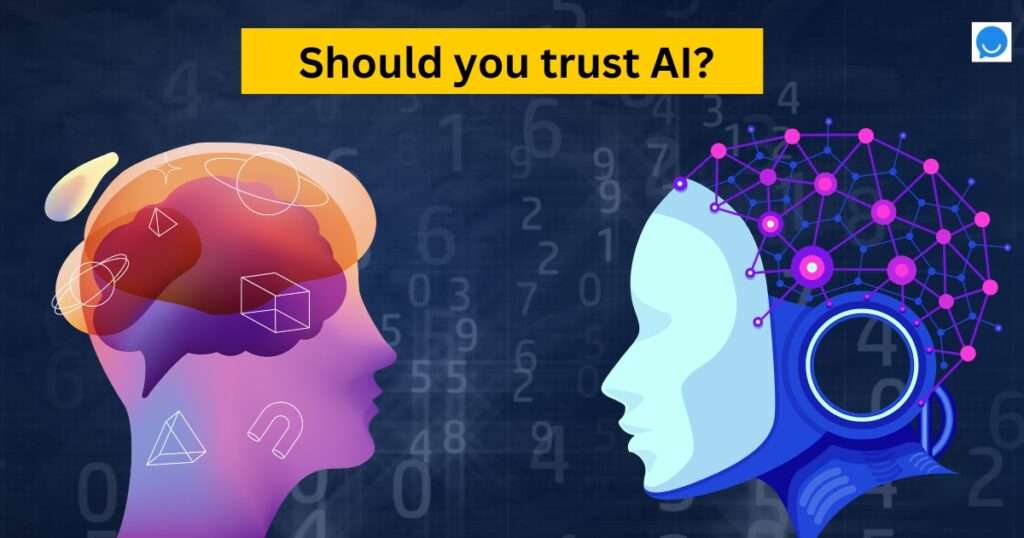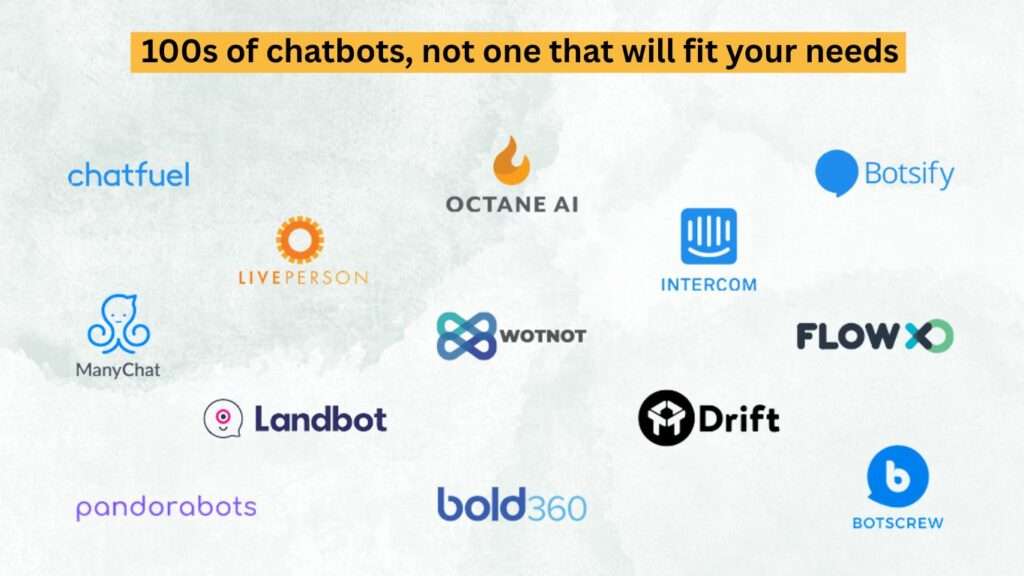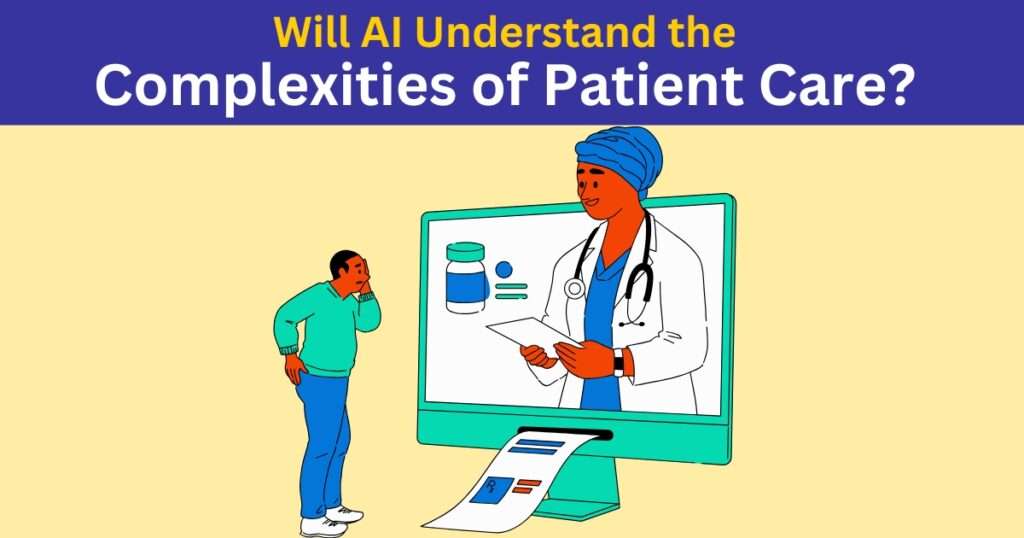The rise of AI chatbots has pushed us to think: will robots take over our jobs?
In the era of customer service, chatbots are making waves, but will AI chatbots completely replace human agents?
A recent study by MIT researchers suggests otherwise. Their focus on “computer vision” tasks – where AI analyzes images and videos – revealed that for many jobs relying on sight, like quality control in a bakery, keeping a human on board is simply more cost-effective. Developing and training complex AI models can be a hefty investment, outweighing the potential labor savings.

However, AI isn’t going to be left out of customer service entirely. Think of chatbots as super-powered assistants. They can tackle the repetitive tasks that bog down human agents, freeing them up for the more intricate stuff. Imagine a customer calling about a faulty phone. A chatbot can gather basic information, schedule a repair, and even offer troubleshooting tips. But if the customer is fuming mad and needs some genuine understanding, that’s where the human agent steps in, armed with empathy and problem-solving skills.
Here’s the crux of the matter: chatbots haven’t quite mastered the human touch. They struggle with complex situations, can’t defuse a frustrated customer with witty humor, and their emotional intelligence needs work. Building rapport and creating loyal customers? That’s still a human superpower.
The future of customer service is a well-coordinated dance between humans and AI. AI Chatbots provide 24/7 assistance for routine inquiries, while human agents tackle the complexities and add the personal touch. This dream team approach allows human agents to focus on what they do best: utilizing critical thinking and emotional intelligence to create a truly positive customer experience. Here’s a breakdown of the strengths and weaknesses of each player:
AI Chatbots vs Human Agents?:
AI chatbots
Strengths:
- Availability: 24/7 assistance for basic inquiries and tasks.
- Efficiency: Handles repetitive tasks quickly, freeing up human agents.
- Data Analysis: Gathers and analyzes customer data, helping improve service strategies.
Check out the chatbot at Beyondchats which is one of the best chatbots.
Weaknesses:
- Limited Understanding: Struggles with complex situations and nuances of human language.
- Lack of Empathy: Can’t understand or respond to emotions effectively.
- Limited Creativity: Relies on training data and lacks the ability to think outside the box.
Human Agents:
Strengths:
- Empathy and Emotional Intelligence: Understands and responds to customer emotions, building trust.
- Problem-Solving Skills: Can think critically and creatively to solve complex issues.
- Personal Touch: Builds rapport and creates loyal customers.
Weaknesses:
- Limited Availability: Work during specific hours and may require wait times for assistance.
- Inefficiency: Repetitive tasks can be time-consuming and tedious.
- Data Analysis Limitations: Can’t analyze data as quickly or comprehensively as AI.
By combining the strengths of both AI and human agents, businesses can create a customer service experience that is efficient, effective, and above all, human-centric. Chatbots can handle the initial interaction, gather information, and offer basic solutions. Human agents can then take over for complex issues, providing empathy, personalized solutions, and the human touch that keeps customers coming back for more.
The future of customer service isn’t about robots replacing humans, but rather about humans and AI working together to create a seamless and positive customer journey. As AI technology continues to evolve, chatbots may become more adept at understanding human emotions and complex language. However, the irreplaceable human element of customer service – with its empathy, problem-solving skills, and ability to build relationships – will always be a vital part of the equation.





